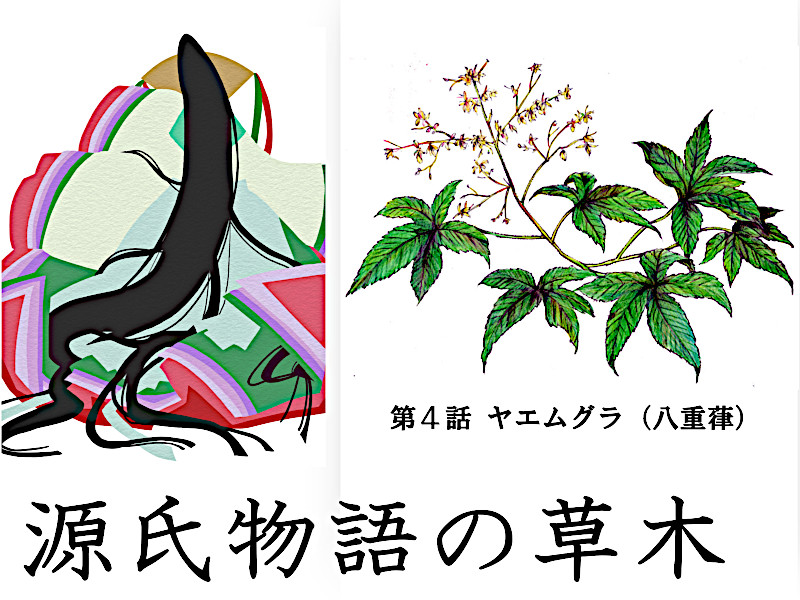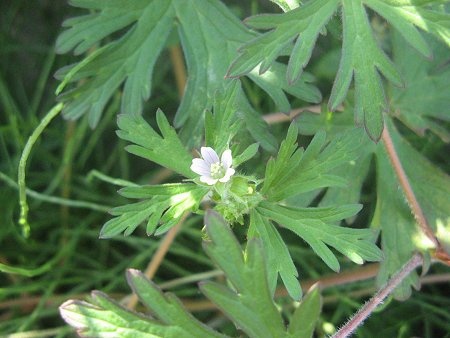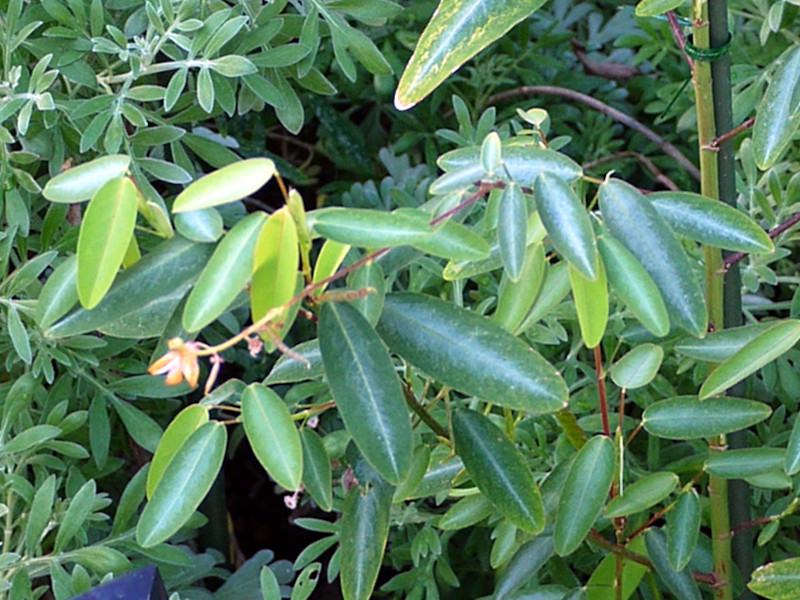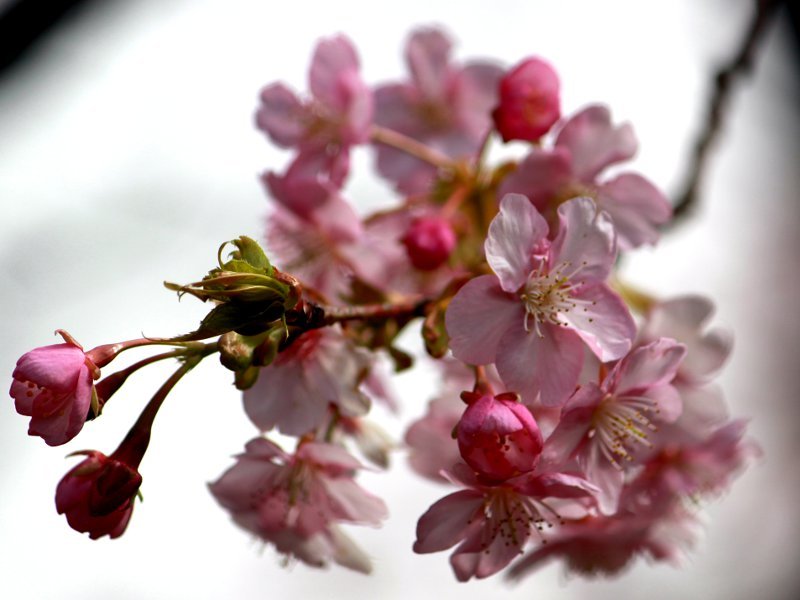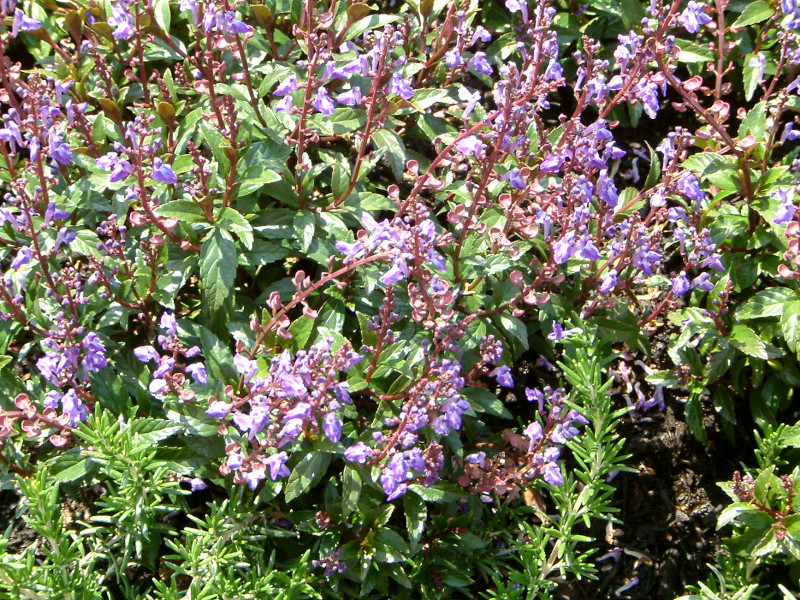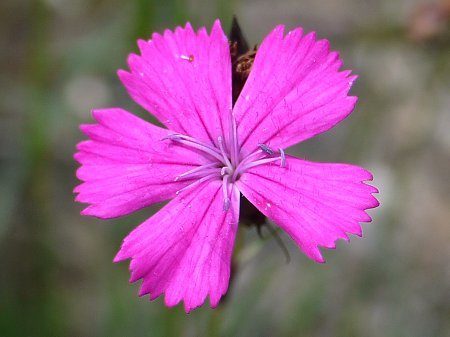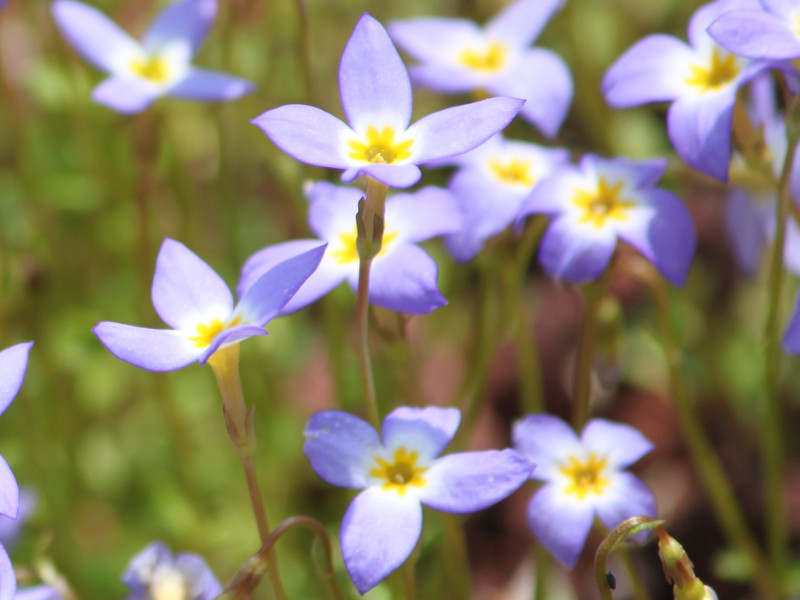Humulus japonicus
- Flower nameHumulus japonicus
- Scientific nameHumulus japonicus
- AliasJapanese hop, 鉄葎, 八重葎, ジャパニーズホップ, カナムグラ
- Place of origin
- Place of floweringFields and footpaths, Low mountains
- Flowering seasonAugust, September, October
What is Humulus japonicus
Humulus japonicus, or kanamugura (ironweed, scientific name: Humulus japonicus) is a vine-like annual herb native to Japan, Taiwan, and China, belonging to the family Asclepiadaceae and the genus Calliphora. It grows wild in dry wastelands and riverbeds from Hokkaido to Kyushu. It has sharp thorns on its stems and leaves, which entangle itself around things that it is entangled with. The leaves are green and palmate with 5-7 deep lobes. The thorns are painful. Dioecious, male flowers are produced in large numbers on conical inflorescences from August to October with pale green male flowers. Female flowers are produced from leaf axils, and the tips of the female flowers extend to form acicular inflorescences with purple-brown flowers. Together with ragweed and mugwort, it is a causative agent of autumn pollinosis. The leaves are a food plant for the larvae of the tachinid butterfly, Tachinidia tachinidai. The "yae-mugura" mentioned in the Manyoshu (Japan's oldest anthology of poetry) is not the yae-mugura of the family Acanthaceae, but this species "Kanamugura".
Common name: Humulus japonicus, scientific name: Humulus japonicus, habitat: Japan, Taiwan, China, habitat distribution: Hokkaido to Kyushu, environment: dry wastelands and riverbeds, petiole: long, leaf texture: coarsely hairy, inflorescence: opposite, leaf blade length: 5-12 cm, leaf shape: palmate, leaf margin: serrate, dioecious, flowering season: August to October, Pistillum: white filiform; Fruit shape: small hop-like; Reproduction: wind-pollinated.

